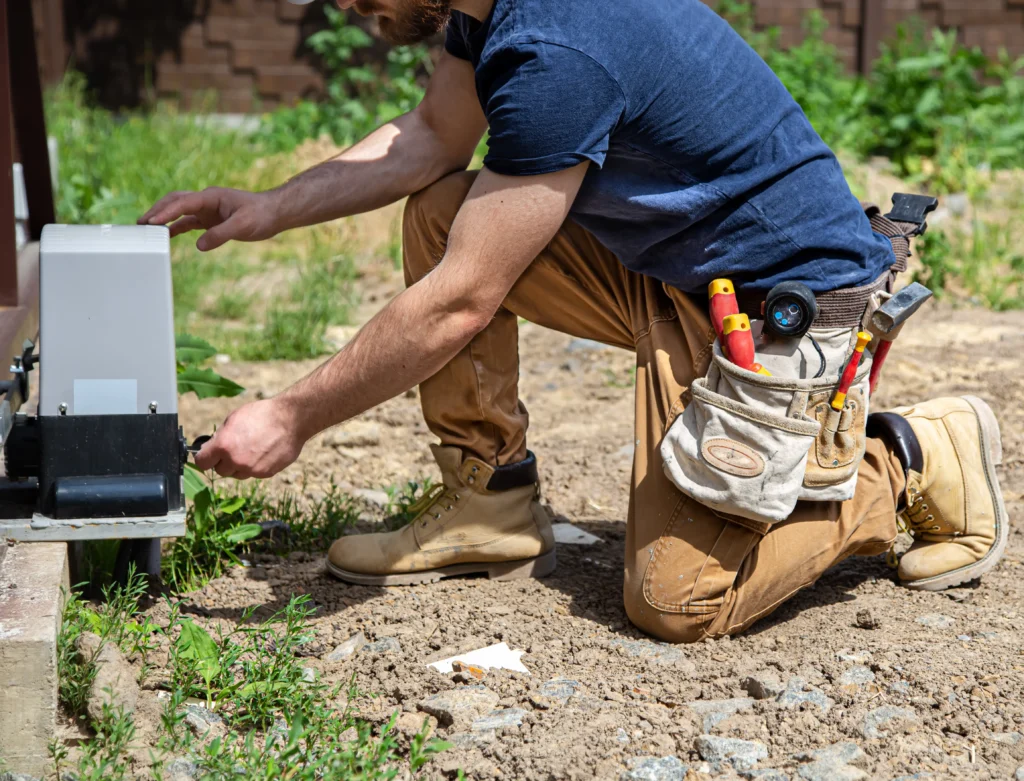If your pipes are clogged, leaking or corroded, a full replacement may seem inevitable. But think again. The experts at The Relining Company say that pipe relining provides an alternative repair that’s minimally invasive, cost-effective and durable. Keep reading as we dive into everything pipe relining – from processes and materials to applications and advantages over traditional pipe replacements.
What is Pipe Relining?
Pipe relining is a trenchless pipe repair method that involves coating damaged plumbing with an epoxy resin to seal leaks, repair damage, and restore flow. Rather than digging to replace pipes, relining seals them from the inside via small access points. It’s a gamechanger for restoring pipes without demolition.
Here’s a quick rundown of the pipe relining process:
First, a camera inspection identifies issues like cracks, wear, blockages, etc. Next, pipes are cleared and cleaned to prep surfaces. An epoxy coating is saturated into a felt liner, which gradually cures and hardens. Finally, the restored liner is slid into place and expanded to fill pipes via steam and air pressure. Once cured, a smooth epoxy barrier seals the pipe interior.
Pipe Relining Applications
Pipe relining works on many pipe types and sizes including:
- Drain lines under sinks, tubs, showers – from 1.5” to 6” diameter
- Main sewer lines from 4” to 36” diameter
- Water supply lines from 1/2” to 2” diameter
- Natural gas lines of common residential sizes
- Underground utility pipes up to 36” for city infrastructure
Essentially, if a pipe is intact enough to hold pressure, it can likely be relined rather than replaced.
Materials Used for Pipe Relining
The flexible epoxy resins used to reline pipes are extremely durable, chemically-resistant, and watertight once cured. They form a smooth, seamless protective layer inside pipes. Common relining materials include:
- Polyester or Vinyl Ester Resins: Corrosion-resistant with great flow for wet applications.
- Epoxy Resins: Strongest option that handles heat well. Used for gas lines or industrial pipes.
- Cured-in-place (CIPP) Liners: Felt or fiberglass tubes saturated with epoxy then expanded into place.
Each material has advantages suiting different situations, pipe uses, and environments.
Key Benefits of Pipe Relining
Compared to complete pipe replacements, relining offers huge benefits:
- Less expensive – Saves 50% or more vs. replacements
- Much less invasive – Requires only small access points rather than digging
- Speedier with less downtime – Cures rapidly allowing quick use
- Does not reduce flow capacity – Coating is smooth not rough like replacements
- Long-lasting – Epoxy coatings have 50+ year lifespans
- Reduces environmental impact – Recycles existing pipes in place
The non-destructive nature of relining makes it a clear winner for pipe renewal.
Pipe Relining vs. Replacement
While replacements have their place for fully deteriorated pipes, comparing relining vs replacement makes the advantages clear:
Pipe Relining
- Trenchless from inside pipes
- Only small access excavations needed
- Much lower cost
- Speedier with less downtime
- Maintains full flow capacity
Full Pipe Replacement
- Trenches dug along pipe path
- Major excavation and demolition
- Double or triple the cost
- Takes days or weeks longer
- Rough joints reduce flow
As you can see, relining avoids the huge hassles of pipe replacements through minimally-invasive internal restoration.
The Next Step: Schedule an Inspection
We hope this overview gives you confidence that relining provides an excellent alternative to pipe replacement. Our experts are ready to inspect your pipes and evaluate if relining is the right solution. Contact us today to schedule – let’s get your pipes restored quickly and cost-effectively.

